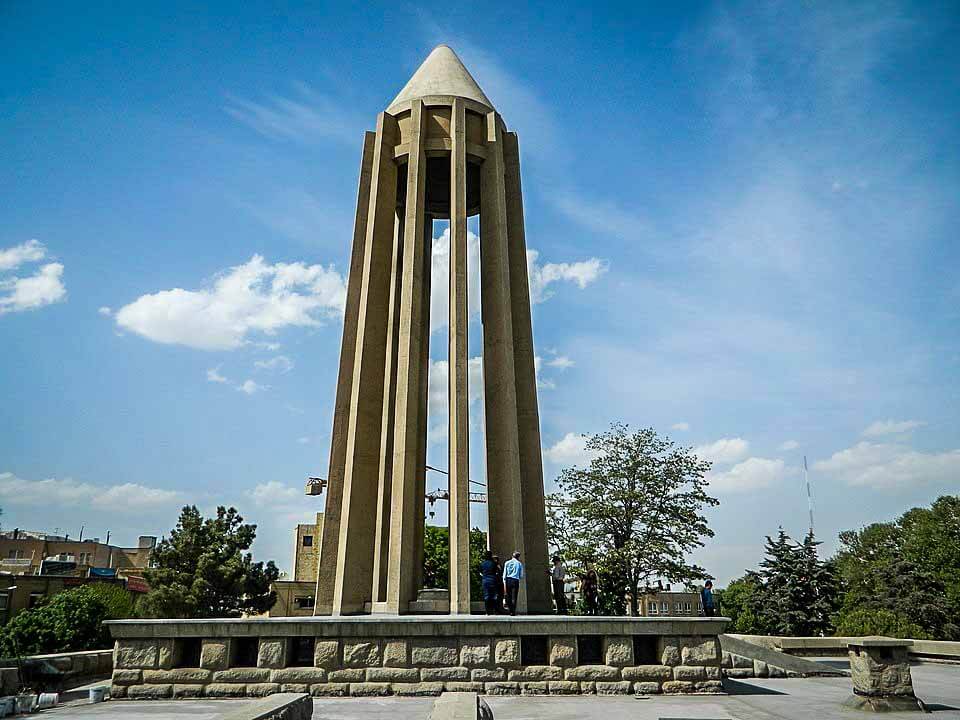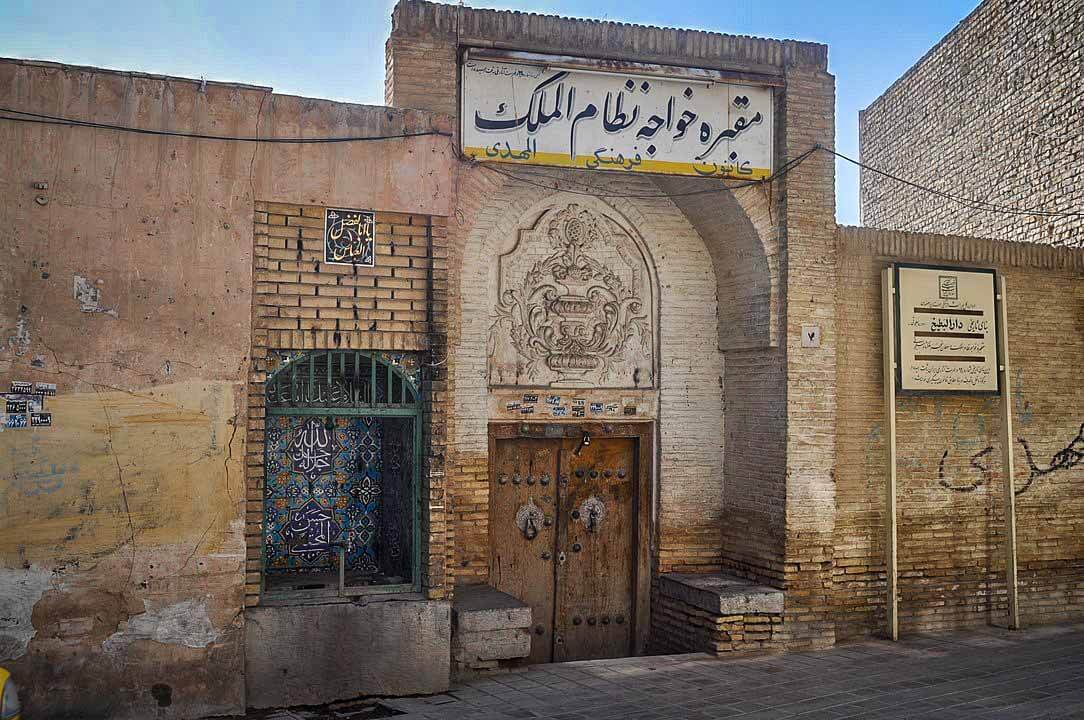Hamedan, Iran
Coordinates: 34.791551, 48.513122
Abu Ali Sina, and often known in the West as Avicenna was a Persian polymath who is regarded as one of the most significant physicians, astronomers, thinkers and writers of the Islamic Golden Age, and the father of early modern medicine.
Sajjad H. Rizvi has called Abu Ali Sina “arguably the most influential philosopher of the pre-modern era”.
He was a Muslim Peripatetic philosopher influenced by Aristotelian philosophy.
Of the 450 works he is believed to have written, around 240 have survived, including 150 on philosophy and 40 on medicine.
His most famous works are The Book of Healing, a philosophical and scientific encyclopedia, and The Canon of Medicine, a medical encyclopedia which became a standard medical text at many medieval universities and remained in use as late as 1650.
Besides philosophy and medicine, Abu Ali Sina’s corpus includes writings on astronomy, alchemy, geography and geology, psychology, Islamic theology, logic, mathematics, physics and works of poetry.
Mausoleum
The Mausoleum of Abu Ali Sina is a complex located at Abu Ali Sina Square, Hamadan, Iran.
Designed by Hooshang Seyhoun, it was built in 1952, replacing an older building dedicated to Abu Ali Sina which was destroyed in 1950.
The Pahlavi government had plans to build the mausoleum since at least 1939. The mausoleum was eventually dedicated in a grand ceremony in May 1954, and the avenue running in front of it was also renamed in honor of Abu Ali Sina.
As the monument was a central element of the propagation of Iranian nationalism by the Pahlavi government, it was consequently in danger of being defaced, but as Khomeini himself was an admirer of Abu Ali Sina, the square was not renamed after the 1979 Revolution.




















